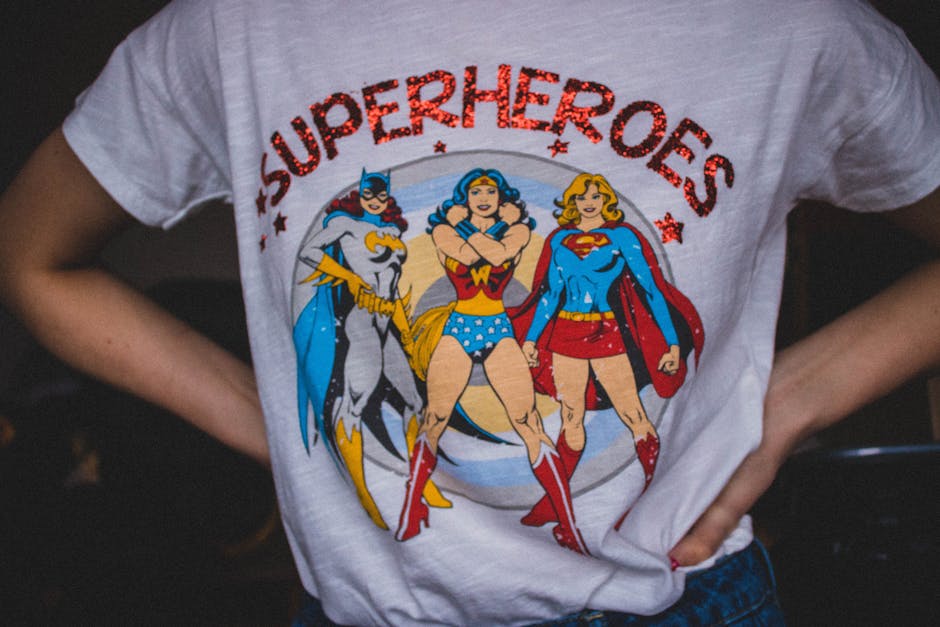⏱️ 4 min read
Did You Know? 10 Fun Facts About Animated Characters
The world of animated movies is filled with fascinating details and behind-the-scenes secrets that most viewers never discover. From hidden references to technical innovations, these beloved characters have interesting stories that make them even more remarkable. Here are ten surprising facts about some of the most iconic animated characters in film history.
1. Mickey Mouse’s Original Name
Before becoming Mickey Mouse, Walt Disney’s iconic character was actually named Mortimer Mouse. It was Walt’s wife, Lillian Disney, who convinced him to change the name, believing Mickey sounded more appealing to children. The name Mortimer was later used for Mickey’s rival in various cartoons, proving that good ideas never go to waste in animation.
2. WALL-E’s Sound Design Connection
The distinctive voice of WALL-E was created by sound designer Ben Burtt, who also created the voice of another famous robot – Star Wars’ R2-D2. Burtt used similar electronic processing techniques for both characters, creating a connection between these beloved mechanical personalities across different franchises. The name WALL-E stands for Waste Allocation Load Lifter: Earth-Class.
3. Shrek’s Original Cast Choice
Mike Myers wasn’t the first choice to voice Shrek. Initially, Chris Farley was cast and had recorded nearly 80-90% of the dialogue. After Farley’s tragic death in 1997, the role was recast. Myers then insisted on rerecording all his lines with a Scottish accent after the first recording, causing DreamWorks to spend an additional $4-5 million on production.
4. Frozen’s Olaf and Hidden Mickeys
In Disney’s “Frozen,” Olaf the snowman was created using exactly 23 different types of snow crystals for his body texture. Additionally, his character design includes several hidden Mickey Mouse silhouettes, continuing Disney’s long-running tradition of incorporating their mascot into their films.
5. The Secret Behind Toy Story’s Woody
Woody from “Toy Story” was originally conceived as a ventriloquist dummy and was meant to be the villain of the movie. The character was significantly redesigned to be more appealing after early test screenings showed him to be too creepy for children. His final design was inspired by traditional pull-string cowboy toys from the 1950s.
6. Finding Nemo’s Linguistic Achievement
Dory from “Finding Nemo” speaks whale in the film, but what many don’t know is that the voice actress, Ellen DeGeneres, actually learned the basics of whale vocalization patterns from marine biologists to make her performance more authentic. The character’s short-term memory loss was also based on real scientific studies of fish memory patterns.
7. Sulley’s Fur Technology
Creating Sulley’s fur in “Monsters, Inc.” required Pixar to develop new animation technology. His blue-with-purple-spots fur consisted of more than 2.3 million individual hairs, and each one was animated separately. This technological breakthrough paved the way for future animated films featuring furry characters.
8. Bugs Bunny’s Unique Honor
Bugs Bunny holds the distinction of being the only animated character to have their own star on the Hollywood Walk of Fame. The star was awarded in 1985, marking the character’s significant contribution to entertainment. Additionally, Bugs Bunny’s signature carrot-munching was inspired by a scene from the Clark Gable movie “It Happened One Night.”
9. Baymax’s Medical Inspiration
The character design for Baymax in “Big Hero 6” was inspired by real robotic technology being developed at Carnegie Mellon University. The creators visited healthcare robotics labs and based Baymax’s movement and appearance on actual soft robotics designs. His simple face was deliberately designed to be reminiscent of Japanese bells used in Shinto shrines.
10. The Hidden Math in Inside Out
In Pixar’s “Inside Out,” the character designs for the emotions weren’t random. Joy’s glow is composed of exactly 27 particles, a number chosen because it’s a perfect cube (3³). Each emotion’s appearance was based on specific shapes: Joy is a star, Sadness is a teardrop, Anger is a brick, Fear is a raw nerve, and Disgust is a broccoli floret.
Conclusion
These fascinating facts demonstrate the incredible attention to detail and thoughtful development that goes into creating animated characters. From technological innovations to cultural influences, each character represents countless hours of creative and technical work. Understanding these behind-the-scenes details adds another layer of appreciation for these beloved animated figures that have entertained audiences for generations.
The next time you watch these animated classics, you’ll have a deeper appreciation for the complexity and craftsmanship that went into creating these memorable characters. Whether it’s the technical marvel of Sulley’s fur or the careful consideration behind Baymax’s design, these details showcase the evolution of animation and the dedication of the artists who bring these characters to life.


